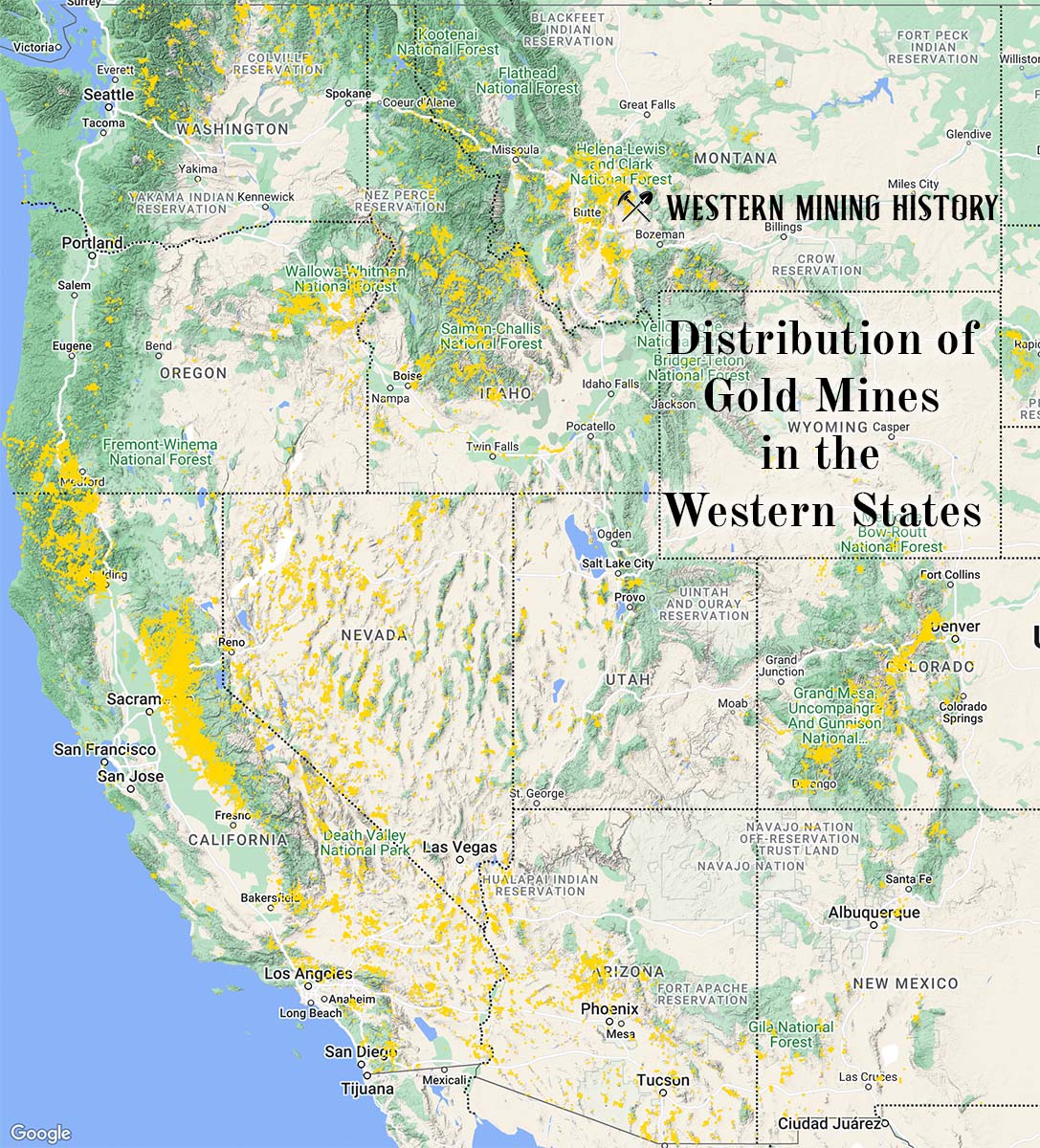The Stevens Gulch is a gold mine located in Alaska.
About the MRDS Data:
All mine locations were obtained from the USGS Mineral Resources Data System. The locations and other information in this database have not been verified for accuracy. It should be assumed that all mines are on private property.
Mine Info
Stevens Gulch MRDS details
Site Name
Primary: Stevens Gulch
Commodity
Primary: Gold
Location
State: Alaska
District: Nome
Land Status
Not available
Holdings
Not available
Workings
Not available
Ownership
Not available
Production
Not available
Deposit
Record Type: Site
Operation Category: Past Producer
Operation Type: Unknown
Years of Production:
Organization:
Significant:
Physiography
Not available
Mineral Deposit Model
Model Name: Placer Au-PGE
Orebody
Not available
Structure
Not available
Alterations
Not available
Rocks
Not available
Analytical Data
Not available
Materials
Ore: Gold
Comments
Comment (Geology): Age = Quaternary.
Comment (Reference): Primary Reference = Metcalfe and Tuck, 1942
Comment (Workings): Workings / Exploration = Placer mine tailings are present along this creek at surface elevations of about 50 to 100 feet. At or below about 80 feet, the deposit could be derived by reworking a weakly developed Third Beach.
Comment (Deposit): Model Name = Alluvial placer Au (Cox and Singer, 1986; model 39a).
Comment (Geology): Geologic Description = Fine gold on a clay false bedrock was reportedly discovered in Stevens Gulch by 1900. The deposit apparently is similar to the one nearby on Washington Creek (NM273) (Brooks and others, 1901). Stevens Gulch appears to have been placer mined between surface elevations of about 50 and 100 feet. The low elevation and physiographic setting suggest that coastal plain deposits could be present in parts of this drainage. The placer gold thus could be derived from the reworking of coastal plain deposits, including Third Beach at an elevation of 70 to 80 feet (Metcalfe and Tuck, 1942, p. 32).
Comment (Exploration): Status = Probably inactive
References
Reference (Deposit): Cobb, E.H., 1972, Metallic mineral resources map of the Nome quadrangle, Alaska: U.S. Geological Survey Miscellaneous Field Studies Map MF-463, 2 sheets, scale 1:250,000.
Reference (Deposit): Cobb, E.H., 1978, Summary of references to mineral occurrences (other than mineral fuels and construction materials) in the Nome quadrangle, Alaska: U.S. Geological Survey Open-File report 78-93, 213 p.
Reference (Deposit): Metcalfe, J.B., and Tuck, Ralph, 1942, Placer gold deposits of the Nome district, Alaska: Report for U.S. Smelting, Refining, and Mining Co., 175 p.
Reference (Deposit): Brooks, A.H., Richardson, G. B., and Collier, A. J., 1901, Reconnaissance in the Cape Nome and Norton Bay regions, Alaska, in 1900: U.S. Geological Survey Special Publication, p. 1-180.
The Top Ten Gold Producing States

These ten states contributed the most to the gold production that built the West from 1848 through the 1930s. The Top Ten Gold Producing States.